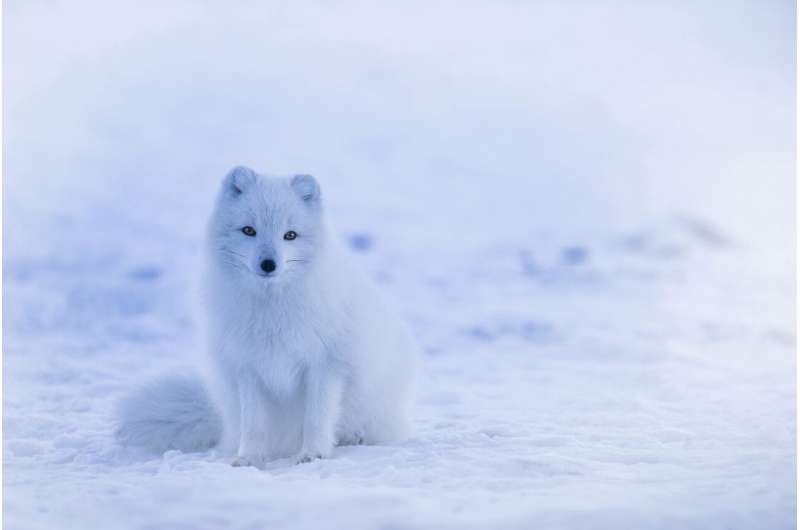Credit: Pixabay/CC0 Public Domain
The loss of huge ice masses can contribute to the warming that is causing this loss and further risks. A new study now quantifies this feedback by exploring long-term if-then scenarios. If the Arctic summer sea ice were to melt completely, a scenario that is likely to become reality at least temporarily within this century, this could eventually add roughly 0.2 degrees C to global warming. It is, however, not in addition to IPCC projections of future warming, since these already take the relevant mechanisms into account. Still, the scientists have now separated the effects of the ice loss from other effects and quantified it.
The 0.2 degrees C rise is substantial, given that global mean temperature is currently about one degree higher than in pre-industrial times, and governments worldwide have agreed to stop the increase well below two degrees.
"If global ice masses shrink, this changes how much of the sunlight that hits Earth's surface is reflected back into space. Decreasing ice cover in the Arctic exposes more of the darker ocean water that absorbs more energy," says Nico Wunderling, lead author of the study. "This is referred to as albedo feedback. It's like wearing white or black clothes in summer. If you wear dark, you heat up more easily."
Further factors include the increase of water vapor in the atmosphere due to warming caused by ice melt. Warmer air can hold more water vapor, and water vapor increases the greenhouse effect. The basic mechanisms are well known, but the Potsdam scientists were able to calculate the overall amount of warming that can be triggered by global ice loss.
"This is not a short-term risk. Earth's ice masses are huge, which makes them very important for our Earth system as a whole—it also means that their response to anthropogenic climate change, especially that of the ice sheets on Greenland and Antarctica, unfolds on longer timescales. But even if some of the changes might take hundreds or thousands of years to manifest, it's possible we trigger them within just a couple of decades," says Ricarda Winkelmann who leads the research group.
The scientists did comprehensive computer simulations. The effects are not always straightforward—for instance, if a massive ice cover on land is shrinking, there can still be snow—which still reflects the sunlight, just like the ice did. This is why, if the mountain glaciers and the ice on Greenland and West Antarctica would all disappear, the additional warming directly caused by the ice loss would likely be just an additional 0.2 degrees on top of the 0.2 degrees due to Arctic summer sea ice melting. "Yet every tenth of a degree of warming counts for our climate," says Winkelmann. "Preventing Earth system feedback loops, or vicious circles is thus more urgent than ever."
The study is published in Nature Communications.
More information: Nico Wunderling, Matteo Willeit, Jonathan F. Donges, Ricarda Winkelmann (2020): Global warming due to loss of large ice masses and Arctic summer sea ice. Nature Communications, DOI: 10.1038/s41467-020-18934-3
Journal information: Nature Communications
Provided by Potsdam Institute for Climate Impact Research























